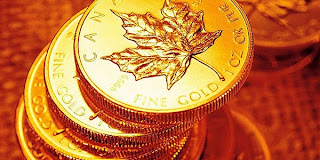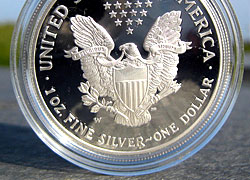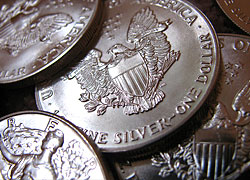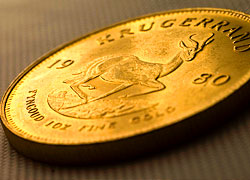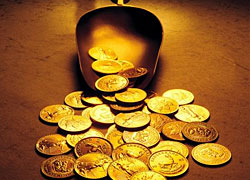
Four of the nine known precious metals are regarded as investment commodities. Of these four, gold is the most popular. Investing in gold is a way of protecting against crises that may be brought about by economic or political instability or by social unrest.
There are at least six ways of investing in gold:
Buying gold coins:
This is the most popular way of investing in gold. Gold bullion coins are typically priced based on their weight; a premium is added to the gold spot price. Gold coins may be bought or sold over the counter in most Swiss banks.
Buying gold bars:
This is the most traditional way of investing in gold. As in gold bullion coins, bullion gold bars can be bought or sold over the counter in most Swiss banks, as well as in major banks in Liechtenstein and Austria. There also are bullion dealers that provide this same kind of service. Gold bars however are becoming less and less an option among investors due to the difficulties (in the verification process, transportation, and storage) associated with them.
Opening a gold account:
Gold accounts are offered by most banks in Switzerland. Here, gold can be bought or sold in much the same way foreign currencies are dealt. A gold account is backed either through non-fungible (allocated) gold storage or pooled (unallocated) storage.
Owning a gold certificate:
A gold investor may opt to hold on to a gold certificate rather than store the physical gold bullion. The gold certificate allows the investor to buy and sell the security and do away with the many difficulties associated with the actual gold's transfer.
Trading in Gold Exchange-Traded Funds (GETFs):
Trading in GETFs is like trading shares in, say, the New York Stock Exchange or the London Stock Exchange. Gold Bullion Securities, the first GETF introduced (in 2003, on the Australian Stock Exchange), stood for 1/10 of an ounce of gold. GETFs are a good means of gaining exposure to the price of gold, minus the inconvenience of storage. Trading in GETFs involves payment of commission and storage fee (charged on an annual basis). The expenses incurred in relation to the handling of the fund are charged through the selling of a certain amount of the gold as represented by the certificate. Over time, the amount of gold in the certificate, as may be expected, decreases.
Entering in a Contract For Difference (CFD):
Some of the noted financial services firms, especially those in the United Kingdom, provide Contract for Difference (CFD). In this gold investment vehicle, two parties (a "buyer" and a "seller") enter into a contract, in which the seller agrees to pay the buyer the difference between the current value of gold and its value at contract time. In case the difference is negative, the seller receives payment instead from the buyer. A CFD, therefore, allows an investor to take advantage of long or short positions, enabling him/her to speculate on these markets.
In a related scenario, an investor may buy gold early in a condition where there is increased investor confidence. The investor then sells the gold before a general decline in the stock market sets in. Obviously in this case, the investor's aim is to gain financially. You can find even more detailed information about investing in gold from Hubpages.
